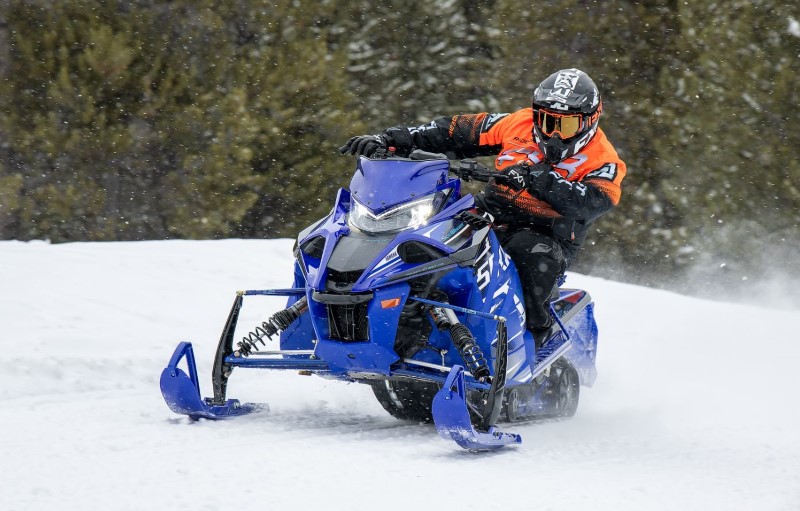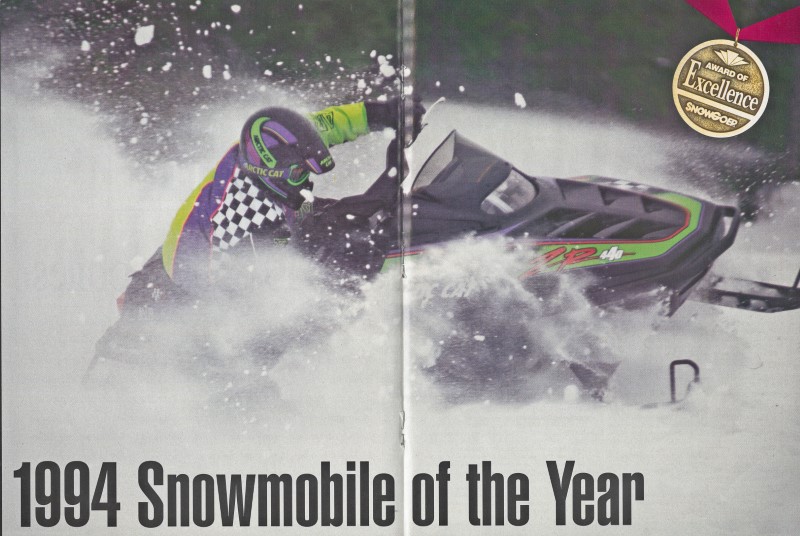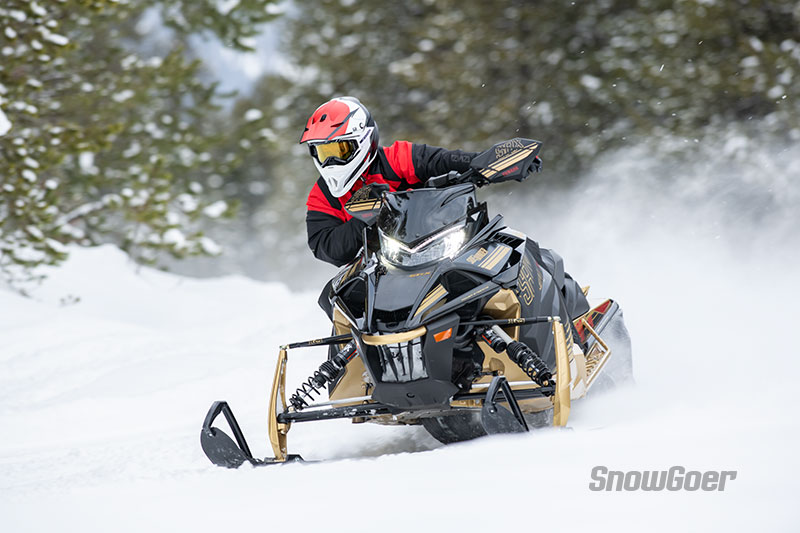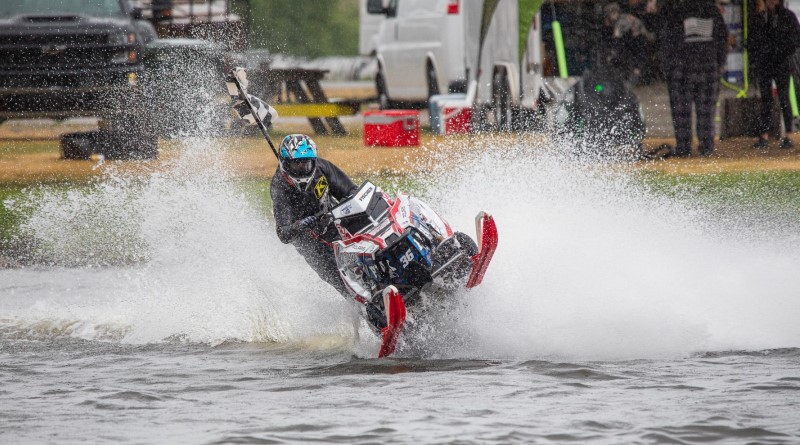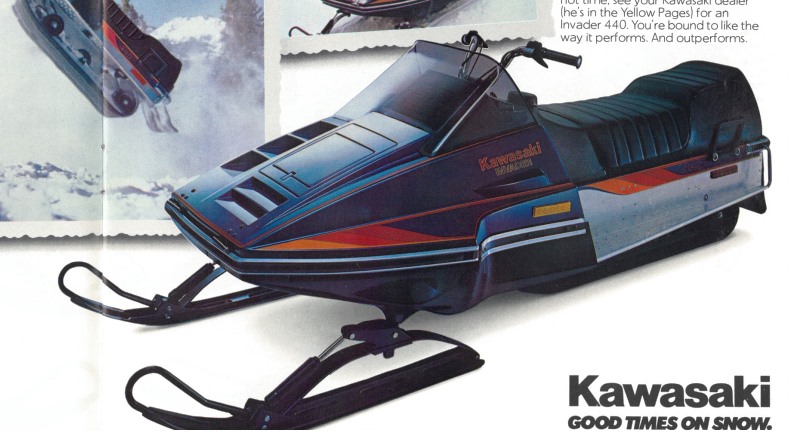 We’re hard to please. We’re professional nitpickers with strong opinions who have access to the latest and greatest machines each season. We have all kinds of products to test on our snowmobiles to make them better.
We’re hard to please. We’re professional nitpickers with strong opinions who have access to the latest and greatest machines each season. We have all kinds of products to test on our snowmobiles to make them better.
The Yamaha Attak was one of only two machines in our stable last season that was left stock. We left the machine untouched because we appreciated the Attak for what it was: A big-inch four-stroke machine with rough trail performance and some off-trail appeal, too.
The only problem we had with the machine last season was with the ignition. In truth, it was our fault that the key was bent and would no longer insert into the ignition. However, the folding key design was phased out for 2007. Yamaha officials confirmed we weren’t the only clumsy ones to instigate the change. Our trailside repair/hot wire job worked only briefly until we cooked the starter. Thieves will have to be smarter than we were.
We have the utmost respect for the engine that powers the Attak. The Genesis 150 FI features a five-valve head design driven with twin cams. EFI moves fuel into each of the four chambers, and when combined the four-stroke makes a riveting, engaging, addicting, therapeutic and audibly-pleasing 150 hp.
Though this machine was an EFI, it wasn’t quite a turn the key and drive away. A brief engine warm-up period was required, during which time a warning icon appeared on the dash. Once the bright amber warning light went out, a few quick burps of the throttle settled the idle to normal and we drove away with the instant, powerful throttle response we admire from the engine.
The power got to the ground better with the 136-inch track. The 1.25-inch paddles of the Rip Saw produced less track spin in just about every snow condition, and it produced a better overall front/rear weight balance. The longer version of the Mono Shock RA not only bridged the bumps better for improved rough trail performance, but it also transferred less weight during braking — whether from the powerful engine braking or the seldom-used Nissin binders. The reduced transfer while slowing meant a better connection with the tundra in the rear, which kept the front end more stable compared to the short-track Apex models.
The front suspension is Yamaha’s double A-arm design that worked well with the basic shocks with a spring preload adjustment. The Mono Shock RA, in its 136-inch length, had a tunnel-mounted remote adjuster for quick shock adjustments. It was a welcome feature for different staff members’ riding styles or for changing terrain — bumping the shock action up or down at the turn of a dial can’t get simpler.
The suspensions handled groomed trails well, but when the trails developed a weekend’s worth of texture riders felt the Attak’s weight, and more. The Mono Shock, in short or long configuration, received good marks for its ride quality in small stutter bumps. But it didn’t stack up in the rough. Even though the longer rails on the Attak did better in the rough than other Yamaha sleds, the 136-inch Mono Shock didn’t consume or erase moguls as well as rear skids from the other factories.
The Attak had better ergonomics than our 2006 Apex GT for a solitary reason: the windshield. In fact, on a long distance tour in which we used our Apex GT, we swapped its small, chrome bikini fairing with the Attak’s standard, mid-height screen for the added protection. Handlebars were positioned well, the seat was supportive in the right places and the gauges were easy to read. Though Yamaha positions the sled as a rough trail machine, a mountain strap would not be out of place on this sled, as it’s a capable machine for boondockers, too.
Like the Apex, even tucked behind the taller window, better hand warmers would have made it possible to ride in cold temps without making our staffers cry of cold hands. Yamaha released in the fall of 2006 an update kit to improve handwarmer performance.
With adequate suspensions for most conditions, good ergonomics and a fuel-injected, 150 hp engine that averaged 14.73 mpg, the Attak was suited for most everything.

